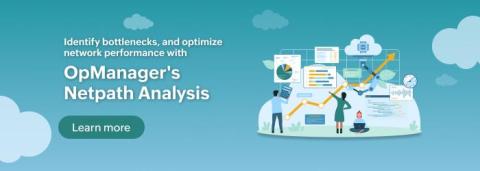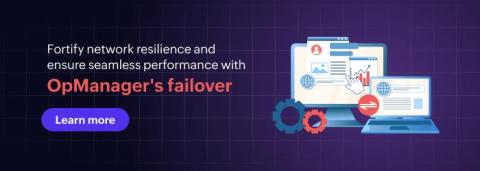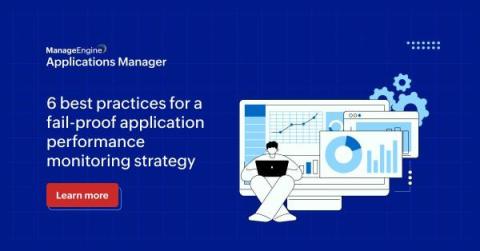Website monitoring in Applications Manager
With the increasing reliance on the internet for information and services, customers expect websites to be fast, reliable, and easy to navigate. In today’s digital age, a company’s website serves as its virtual storefront, and is often the first point of contact for potential customers. Any downtime or slow loading times can lead to frustration and a negative perception of the company.











